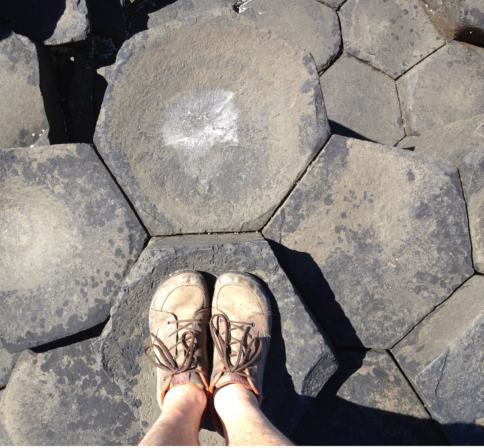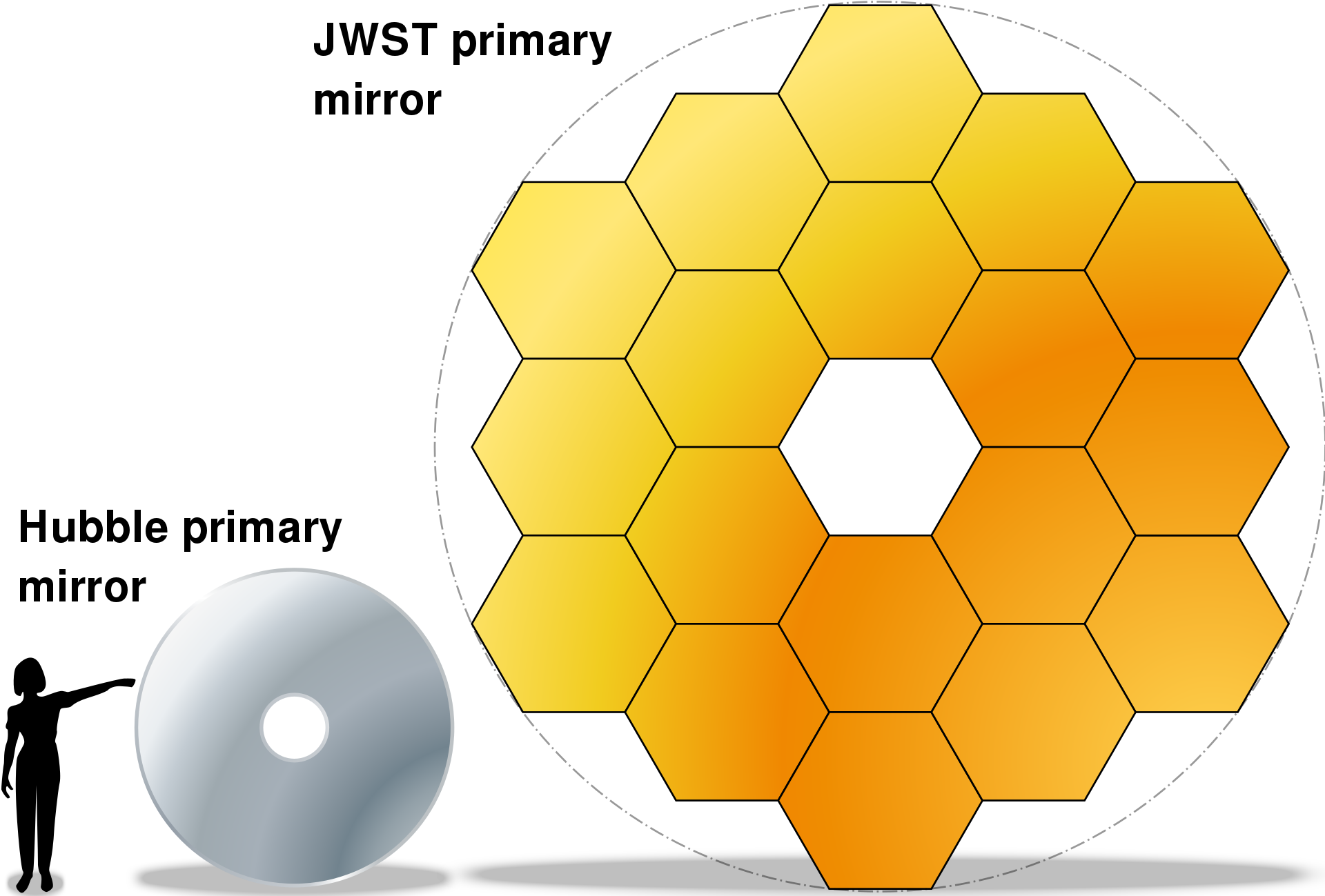The Hexagon Volume calculator computes the volume of a regular Hexagon shaped object or column.
INSTRUCTIONS: Choose units and enter the following
- (s) Length of Sides of Hexagon
- (h) Height of Shape
Hexagon Volume (V): The volume is returned in cubic meters and cubic feet. However, these can be automatically converted to other volume units via the pull-down menu.
The Math / Science
A regular hexagon is a six sided polygon where all of the sides are the same length (s). A hexagon volume has the extra dimension of height (h). See the diagram. The formula for the volume of a hexagon column is:
V= 3/2 • √3 • s2 • h
where:
- V is the volume of the hexagon column
- s is the length of one side of the regular hexagon
- h is the height of the column.
A hexagon is a polygon with six sides and six angles. It is a two-dimensional geometric shape formed by connecting six straight line segments (sides) in a closed loop. Each interior angle of a regular hexagon (where all sides and angles are equal) measures 120 degrees. The sum of the interior angles in any hexagon is 720 degrees.
Hexagon Calculators
- Hexagon Area: Area of regular hexagon based on length of sides
- Hexagon Side Length from Area: Length of a regular hexagon's sides based on the area.
- Hexagon Volume: Volume of Hexagon Column based on dimensions.
- Hexagon Column Surface Area: Surface area of Hexagon Column based on dimensions.
- Hexagon Column Mass: Mass or weight of Hexagon Column based on dimensions and density.
- Sum of Hexagon Areas: Surface Area of interconnected hexagons based on side length and number of hexagons.
- Hexagon Planter: Volume and surface area of a hexagon shaped planter and the amount of soil needed to fill it.
Hexagons in Nature and Science
Hexagons are encountered in various natural and man-made contexts. In nature, honeycombs constructed by bees often exhibit a hexagonal pattern because it is an efficient way to fill space with the least amount of material. In geometry and design, hexagons are commonly used in patterns, tiling, and architectural structures. They also appear in everyday objects, such as nuts and bolts, and are widely used in fields like science, engineering, and mathematics.
 Giant's Causeway's hexagons: Using this equation and the fact that the shoe in the picture is approximately 12" long and that the side of the hexagon is approximately the length of the shoe, the AREA of these regular hexagons is 2.5 ft2.
Giant's Causeway's hexagons: Using this equation and the fact that the shoe in the picture is approximately 12" long and that the side of the hexagon is approximately the length of the shoe, the AREA of these regular hexagons is 2.5 ft2.
Hexagons were also used by NASA in the James Webb Space Telescope.

Image provide by: Bobarino - Own work based on: File:JWST-HST-primary-mirrors.jpg a NASA public domain image, CC BY-SA 3.0
The side of each JWST is approximately 0.737 meters. Use the sum of hexagon areas (CLICK HERE) to compute the total area of the 18 hexagon mirrors. The primary mirror of the Hubble Space Telescope is 2.4 meters in diameter. Use the area of a circle calculator (CLICK HERE) to compute the area of the Hubble Space Telescope primary mirror.
Volume is a three dimensional measurement of the amount of space taken up by an object. Volume units are cubic measurements for solid objects such as cubic inches and cubic meters. Fluids have separate volume units such as liters, fluid ounces, cups, gallons, and barrel.
The volume of an object can measured by the liquid it displaces or be calculated by measuring its dimensions and applying those dimensions to a formula describing its shape. Many such calculations are available in the following list of calculators.
In many cases, the calculators are for a column with a geometric shaped base and vertical sides. One basic formula for volume is area times a Height when the volume has vertical sides.

Volume Calculators
- Volume from Area and Height
- Volume of a Cube
- Volume of a Box
- Volume of a Cone
- Volume of a Cone Frustum
- Volume of a Cylinder
- Volume of a Slanted Cylinder
- Volume of a Semicircle
- Volume of a Triangular
- Volume of a Quadrilateral
- Volume of a Pentagon
- Volume of a Hexagon
- Volume of a Heptagon
- Volume of a Octagon
- Volume of a Nonagon
- Volume of a Decagon
- Volume of a Hendecagon
- Volume of a Dodecagon
- Volume of a Paraboloid
- Volume of a Polygon based Pyramid
- Volume of a Pyramid Frustum
- Volume of a Sphere
- Volume of a Sphere Cap
- Volume of a Sphere Segment
- Volume of a Sphere Shell
- Volume of a Oblate Spheroid
- Volume of a Ellipsoid
- Volume of a Torus
- Volume of a Bottle
- Volume of a Chamfer
- Gasket Volume